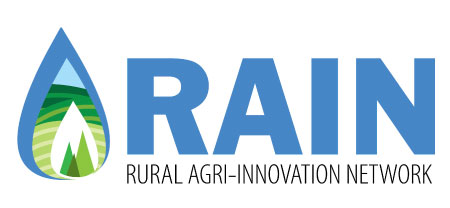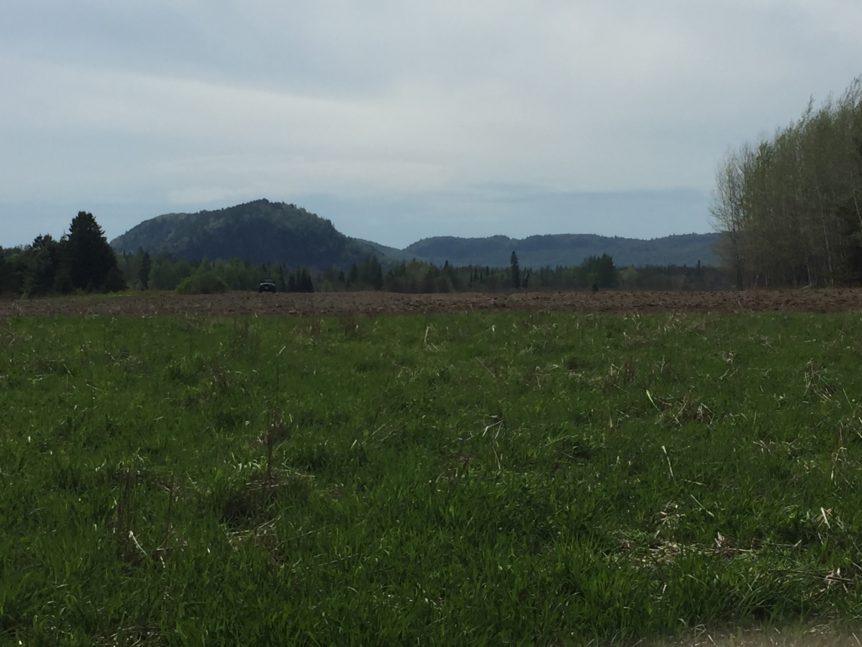Alfalfa is commonly grown as a forage crop in Ontario, but due to its sensitivity to wet and cold conditions it may not be the most suited to our Northern Ontario climate. By evaluating how alternative perennial legumes perform in Northern Ontario in comparison to alfalfa we can find the forage that best suits the needs of our local farmers, and give them the opportunity to choose between comparable forages while knowing which varieties should work the best for their purposes.
The five legumes that will be compared include: Galega, Red Clover, Sainfoin, Birdsfoot Treefoil, and Alfalfa as a control. The seeding rates used will be:
- Alfalfa at 13 kg/ha
- Birdsfoot Trefoil at 9 kg/ha
- Galega at 35 kg/ha
- Red Clover at 11 kg/ha
- Sainfoin at 30 kg/ha
Each will be measured on the variables of yield, forage quality (including crude protein, RFQ, minerals, TDN, and net energy), and winter survival. Though all five of these legumes have been tested before they have not before been grown in the same area to allow for direct comparisons.
Trials will be performed in Thunder Bay at LUARS, New Liskeard at NLARS, Algoma by RAIN at the Thessalon Community Pastures. Test plots will be plowed, disked, sprayed down if necessary and fertilized according to recommendations for alfalfa from OMAFRA. All legumes will be managed in a two-cut system and harvested at optimum maturity in order to insure the best nutritional value. Samples taken from each cut will be sent for processing of forage analysis, and plant counts will occur before and after winter to determine stand survival. This is a multi-year project that will be harvested and monitored for the next 2-3 years.
Funded by the Canadian Agriculture Partnership (CAP)
Written by: Anik Graves
For more information about this project, please contact:
Mikala Parr, Research Technician
705-942-7927 x3046
mparr@ssmic.com

